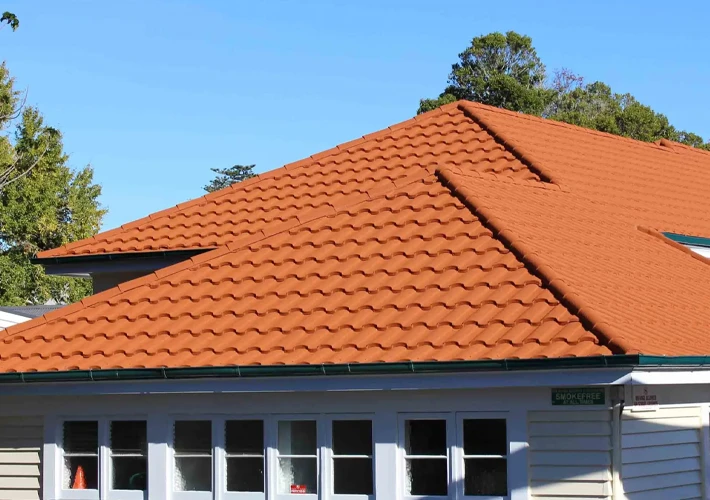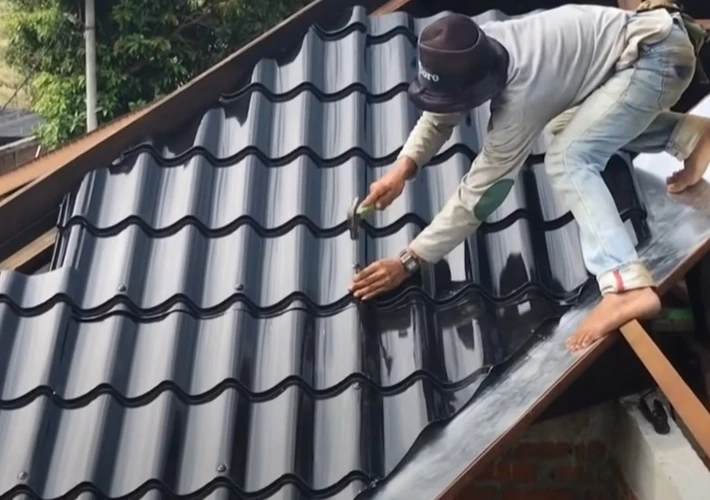In the construction, logistics, agriculture, and transportation industries, tarpaulin—also known as tarp—is one of the most commonly used waterproof materials. It is widely used for covering trucks, building sites, outdoor storage, and temporary shelters. But a frequently asked question from buyers is: Is tarpaulin really 100% waterproof?
The answer depends on the material composition, coating process, and usage environment. In this article, we will explore in depth the waterproof performance of tarpaulin, its classification, applications, testing standards, and how to select the right waterproof tarp for industrial use.
What Is Tarpaulin?
Tarpaulin is a large sheet of flexible, strong, water-resistant or waterproof material, often made of polyethylene (PE), polyvinyl chloride (PVC), or canvas with a waterproof coating. It is designed to provide protection against rain, sunlight, dust, and wind, making it ideal for outdoor and industrial use.
Main Features of Tarpaulin
- Waterproof and weather-resistant
- High tensile strength
- UV-resistant and anti-aging
- Reusable and easy to repair
- Available in various thicknesses and colors
The manufacturing process of tarpaulin involves weaving, laminating, and coating, all of which determine the material’s waterproof capability.
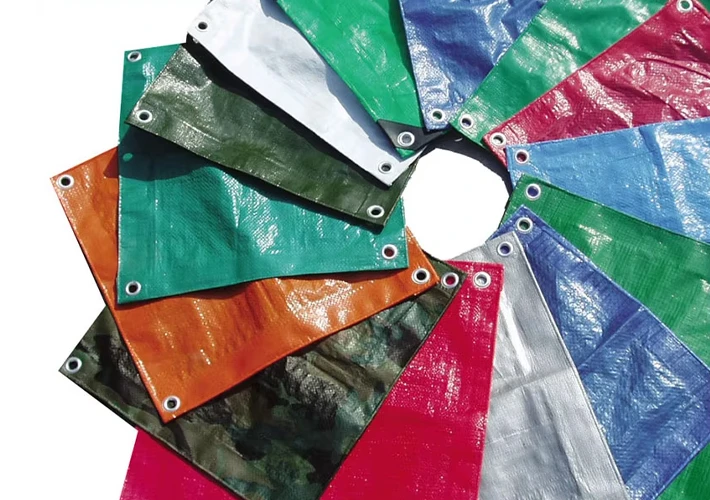
Is Tarpaulin 100% Waterproof?
This is the most critical question for users in logistics, construction, and agriculture.
In short: Not all tarpaulins are 100% waterproof, but PVC tarpaulin and high-density PE tarpaulin can achieve near-complete waterproof performance when manufactured under strict quality control.
Let’s look at how different materials perform:
| Type of Tarpaulin | Material | Waterproof Level | Features |
|---|---|---|---|
| PVC Tarpaulin | Polyvinyl Chloride + polyester fabric | ★★★★★ (100%) | Fully waterproof, strong coating, heat-sealed seams |
| PE Tarpaulin | High-density polyethylene laminated with LDPE | ★★★★☆ (90–95%) | Water-resistant, lightweight, low cost |
| Canvas Tarpaulin | Cotton or polyester canvas with wax/oil coating | ★★★☆☆ (70–80%) | Water-repellent but not fully waterproof |
| Oxford Fabric Tarpaulin | Polyester with PU coating | ★★★★☆ (90%) | Waterproof and breathable, used for tents and covers |
Thus, PVC-coated tarpaulin is the only type considered 100% waterproof, as it has an impermeable PVC film fused onto a polyester base fabric, preventing any water penetration even under heavy rain or standing water.
Why PVC Tarpaulin Is Considered Fully Waterproof
PVC tarpaulin has become the standard choice for professional waterproof applications. Here are the reasons why:
(1) Advanced Coating Technology
PVC tarpaulin is made by coating both sides of polyester fabric with liquid PVC resin, which forms a continuous waterproof film.
Unlike PE tarps that can develop micro-gaps over time, PVC-coated fabric maintains a sealed surface that completely blocks water.
(2) Heat-Sealed Joints
High-quality PVC tarps use high-frequency welding to join the panels instead of stitching. This prevents water from entering through seams, ensuring total waterproof integrity.
(3) Chemical Resistance
PVC tarpaulin is resistant to chemicals, oil, and acid, making it ideal for use in industrial environments or chemical plants.
(4) Long Lifespan
With proper UV protection, a PVC tarp can last 5–10 years, maintaining waterproof performance even under harsh outdoor conditions.
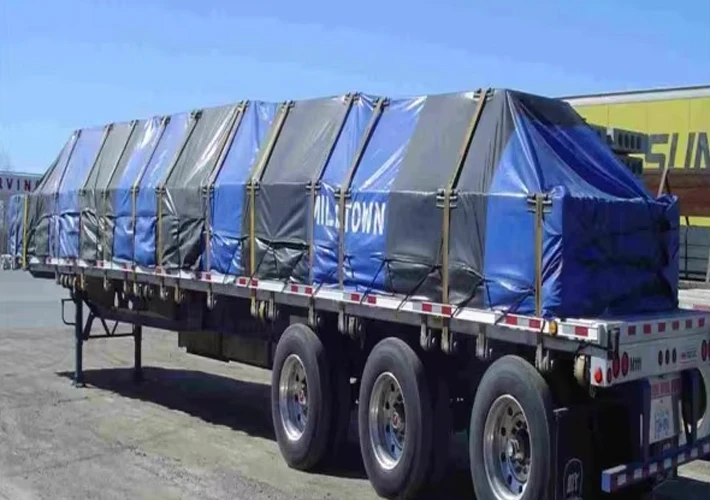
Factors That Affect Tarpaulin Waterproof Performance
Even a waterproof tarpaulin can lose its effectiveness over time. Several factors influence the degree of waterproof protection:
(1) Material Quality
Low-grade or recycled PE materials may have uneven lamination, leading to small pinholes or cracks that let water in.
(2) Sealing Process
If the seams are stitched instead of welded, they may leak under prolonged rainfall or pressure.
(3) Aging and UV Exposure
Exposure to strong sunlight causes degradation of polymers, leading to surface cracking and loss of waterproof coating.
(4) Physical Damage
Tears, abrasions, or punctures caused by sharp objects can destroy waterproof layers.
(5) Incorrect Storage
Folding or storing tarps when wet can cause mold growth and delamination, reducing water resistance.
How to Test the Waterproof Level of Tarpaulin
For B2B buyers or importers, it’s important to verify the waterproof performance through proper testing before shipment.
Common Waterproof Testing Methods:
Hydrostatic Pressure Test: Measures the water pressure a fabric can withstand before leakage (measured in mmH₂O).
- High-quality PVC tarpaulin: ≥ 2000mm H₂O
- PE tarpaulin: 1000–1500mm H₂O
Water Spray Test: Simulates rainfall to check surface beading and penetration.
Seam Leakage Test: Ensures joints are welded and water-tight.
Aging Test: Tests waterproof durability after UV and temperature exposure.
Certifications and Standards:
ISO 811: Textile waterproof testing
EN 20811: Hydrostatic head test
SGS, CE, REACH certification for export
Buyers should always request a waterproof test report from the factory before purchasing large quantities.
Applications of Waterproof Tarpaulin
Because of its strong waterproof nature, tarpaulin has wide applications across industries:
(1) Construction Sites
- Covering building materials and scaffolding
- Temporary roofing and rain protection
- Dust and debris control
(2) Logistics and Transportation
- Truck and trailer covers
- Cargo protection during shipping
- Container liners for bulk goods
(3) Agriculture
- Crop and hay protection
- Greenhouse roofing and pond lining
- Temporary storage tents
(4) Outdoor and Event Use
- Camping tents, canopies, awnings
- Stadium and event shelters
- Emergency disaster relief shelters
(5) Industrial and Marine Use
- Oil field protection
- Boat covers
- Factory partition curtains
PVC tarpaulin performs exceptionally well in all these applications due to its complete water impermeability and structural strength.

How to Choose the Right Waterproof Tarpaulin
When selecting tarpaulin for export or bulk projects, consider the following technical factors:
| Parameter | Recommendation |
|---|---|
| Material | PVC for heavy-duty waterproofing; PE for lightweight use |
| GSM (Grams per Square Meter) | 500–900 GSM for industrial use |
| Coating | Double-side PVC coating or triple-layer lamination |
| Tensile Strength | > 1500N/5cm |
| Temperature Resistance | -30°C to +70°C |
| Seam Method | Heat welding preferred over stitching |
| Color Options | Blue, green, silver, orange (customizable) |
| UV Resistance | Add UV stabilizer for outdoor use |
Professional suppliers often provide custom cutting, eyelets, rope reinforcement, and branding options for international buyers.
Maintenance Tips to Keep Tarpaulin Waterproof
To extend the lifespan and maintain waterproof performance:
Clean regularly using mild soap and water (avoid harsh chemicals).
Dry completely before folding to prevent mildew.
Store in a cool, dry place away from direct sunlight.
Avoid dragging on rough surfaces to prevent abrasion.
Inspect seams and re-seal with PVC adhesive when necessary.
Proper maintenance ensures that tarpaulins remain fully waterproof for several years, even in outdoor environments.
Why Choose a Reliable Tarpaulin Manufacturer in China
China has become one of the world’s largest tarpaulin production bases. Factories provide high-quality PVC and PE tarpaulins for export at competitive prices.
Leading manufacturers typically feature:
- Advanced coating and lamination machines
- Automated heat sealing lines
- Strict quality control and waterproof testing
- OEM/ODM customization for different industries
- Compliance with international standards
Choosing a trusted Chinese factory ensures you get consistent waterproof performance, long service life, and customized specifications suitable for your market.
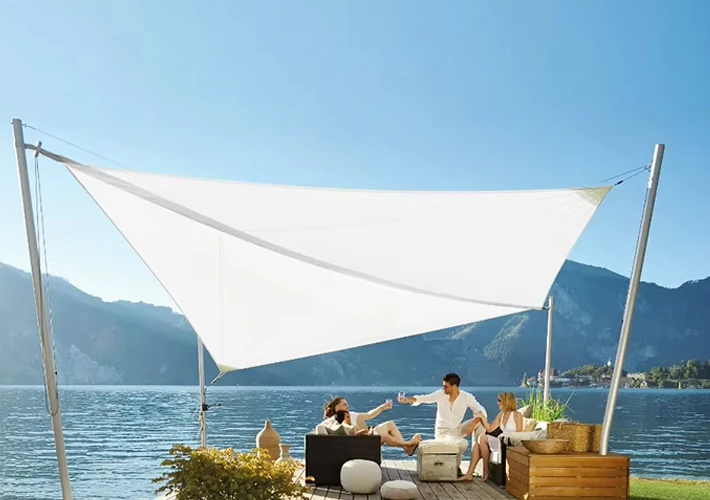
Conclusion
So, is tarpaulin 100% waterproof?
✅ PVC tarpaulin — Yes, it can achieve 100% waterproof performance, suitable for heavy-duty industrial and outdoor applications.
⚠️ PE or canvas tarpaulin — Water-resistant, but not fully waterproof under prolonged rain or water pressure.
When choosing tarpaulin for your business, always consider material type, thickness, coating process, and seam quality. Partnering with a professional manufacturer ensures your products meet international waterproof standards and provide long-lasting protection.



